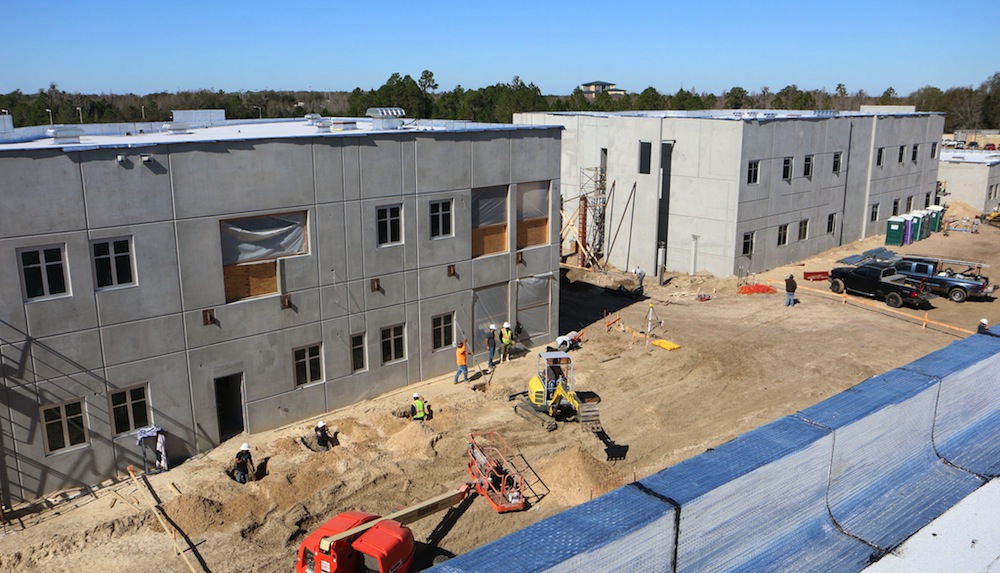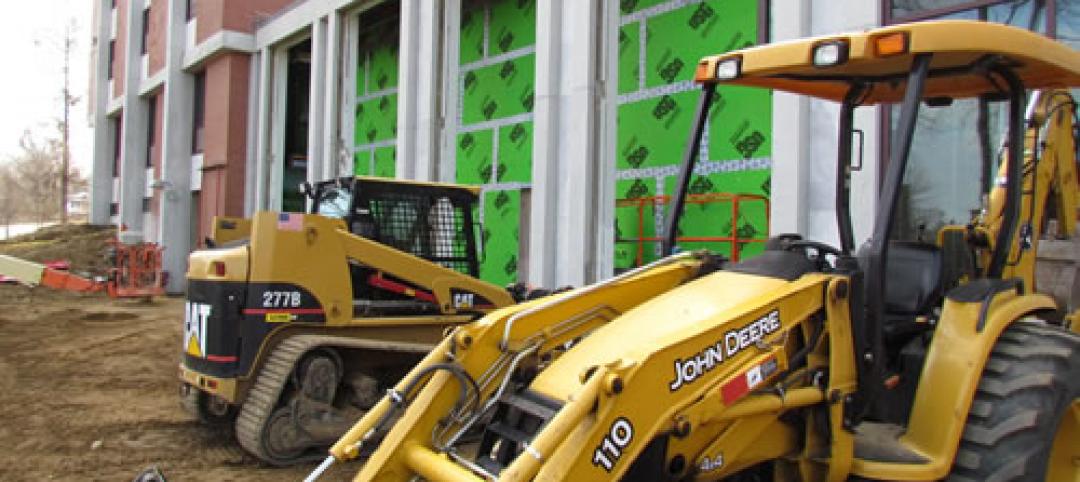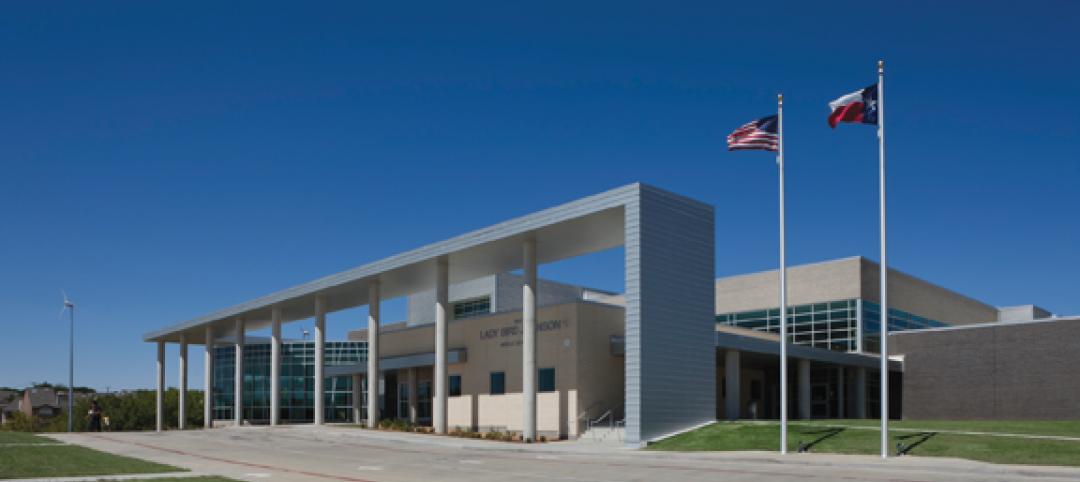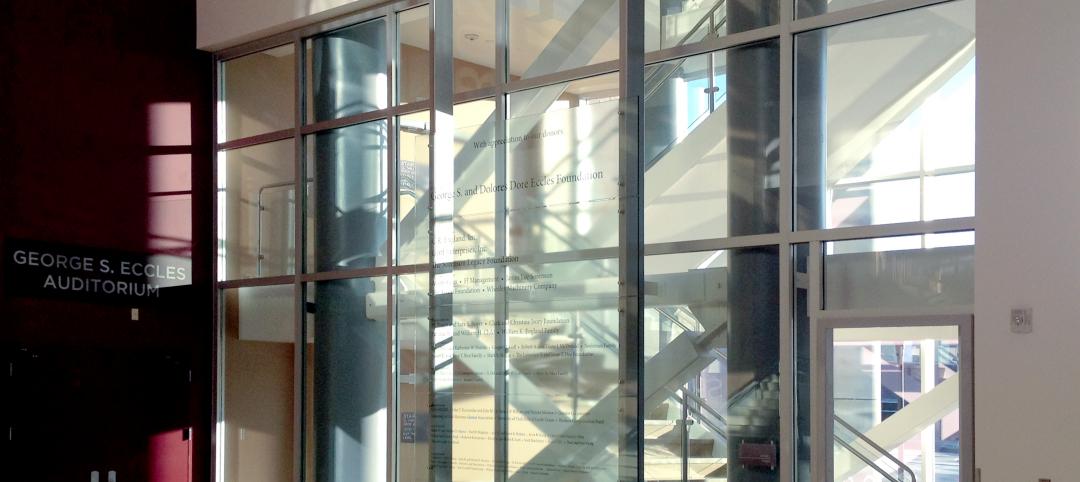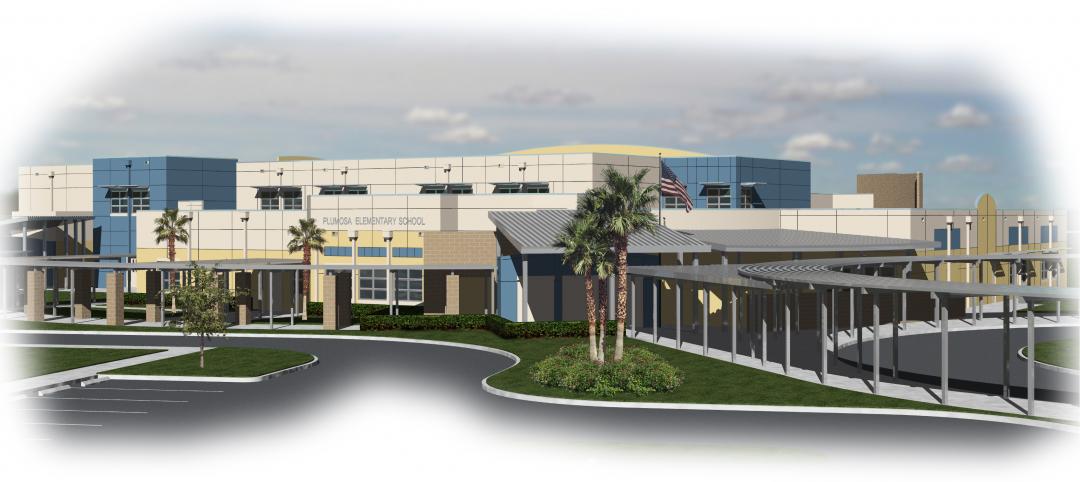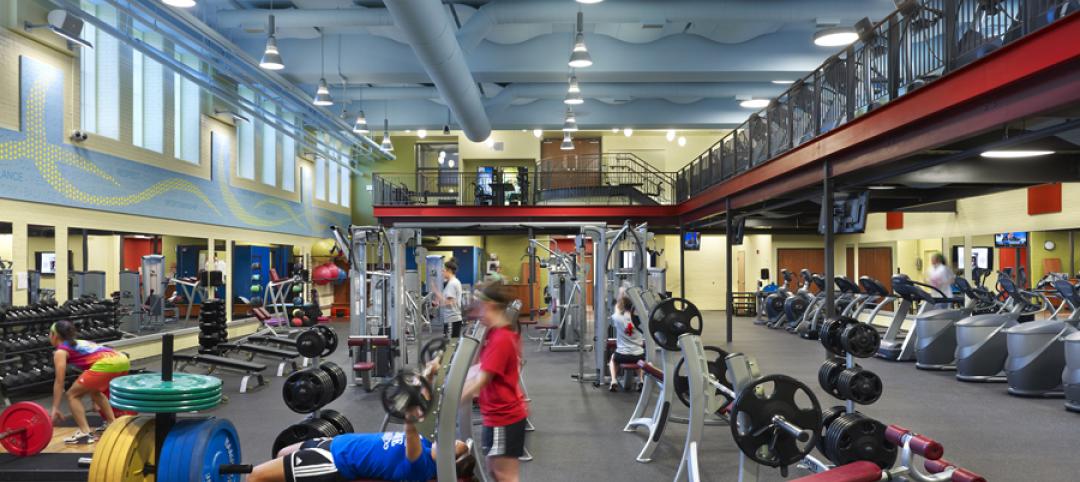The nation faces a projected annual shortfall of $46 billion in school funding, according to The State of Our Schools: America’s K-12 Facilities report, by the Center for Green Schools at the U.S. Green Building Council (USGBC), the 21st Century School Fund, and the National Council on School Facilities.
The report features in-depth state-by-state analysis of investment in school infrastructure and a perspective on 20 years of school facility investment nationwide. It also makes recommendations for investments, innovations, and reforms to improve learning environments in all U.S. public schools.
“One out of every six people in the U.S. spends each day in a K-12 public school classroom, yet there is very little oversight over America’s public school buildings,” said Rick Fedrizzi, CEO and founding chair, USGBC. “It is totally unacceptable that there are millions of students across the country who are learning in dilapidated, obsolete and unhealthy facilities that pose obstacles to their learning and overall well-being. U.S. public school infrastructure is funded through a system that is inequitably affecting our nation’s students and this has to change.”
“The data on funding school infrastructure paints a clear picture of the importance of a national conversation regarding the way improvements are funded,” said Mike Rowland, president, National Council on School Facilities and director of Facilities Services for the Georgia Department of Education. “The conversation surrounding student achievement must also include a component addressing the places where our children learn.”
To download the full State of Our Schools: America’s K-12 Facilities report, and to find out the conditions in your local school district, visit here.
Related Stories
| Aug 15, 2012
Skanska to build the Beacon High School in New York City
The Beacon High School will be located in the Hell’s Kitchen neighborhood of Manhattan.
| Jul 25, 2012
KBE Building renovates UConn dining hall
Construction for McMahon Dining Hall will be completed in September 2012.
| Jul 20, 2012
2012 Giants 300 Special Report
Ranking the leading firms in Architecture, Engineering, and Construction.
| Jul 20, 2012
K-12 Schools Report: ‘A lot of pent-up need,’ with optimism for ’13
The Giants 300 Top 25 AEC Firms in the K-12 Schools Sector.
| Jul 16, 2012
Business school goes for maximum vision, transparency, and safety with fire rated glass
Architects were able to create a 2-hour exit enclosure/stairwell that provided vision and maximum fire safety using fire rated glazing that seamlessly matched the look of other non-rated glazing systems.
| Jul 12, 2012
Chicago Public Schools names Lend Lease team as construction manager
Under this Capital Improvement Program, the Lend Lease team will be responsible for renovation and life safety work at over 100 Chicago Public Schools across the City.
| Jul 2, 2012
Plumosa School of the Arts earns LEED Gold
Education project dedicated to teaching sustainability in the classroom.
| Jun 12, 2012
BCA Architects transforms Anaheim schools into dynamic learning environments
BCA Architects was selected to update the district's long-range master plan.
| Jun 8, 2012
Nauset Construction completing sustainable dorm for Brooks School
Student input on green elements provides learning experience.
| Jun 8, 2012
Chestnut Hill College dedicates Jack and Rosemary Murphy Gulati complex
Casaccio Yu Architects designed the 11,300-sf fitness and social complex.


